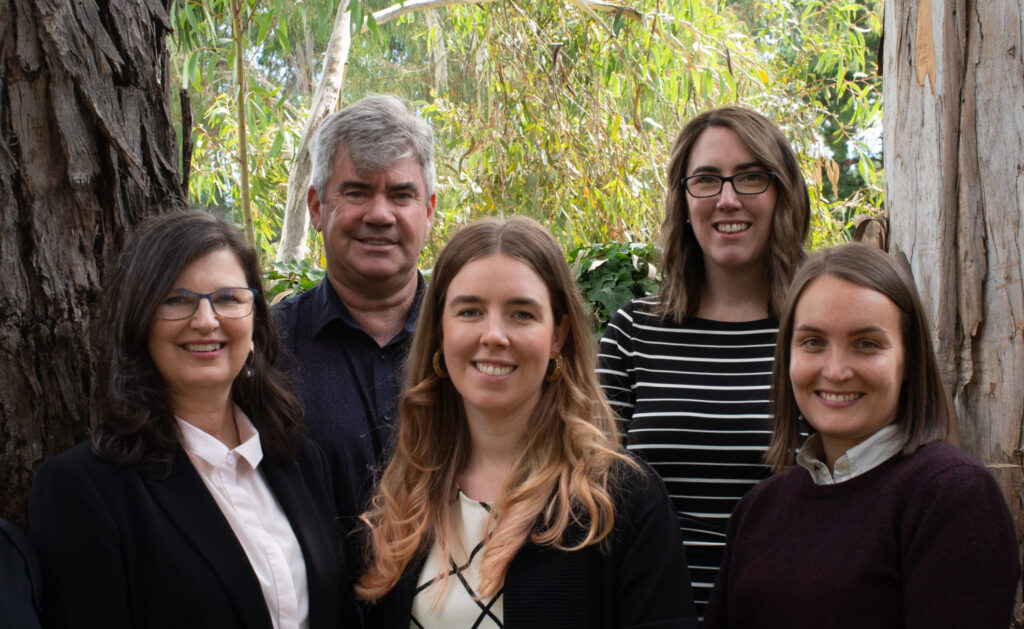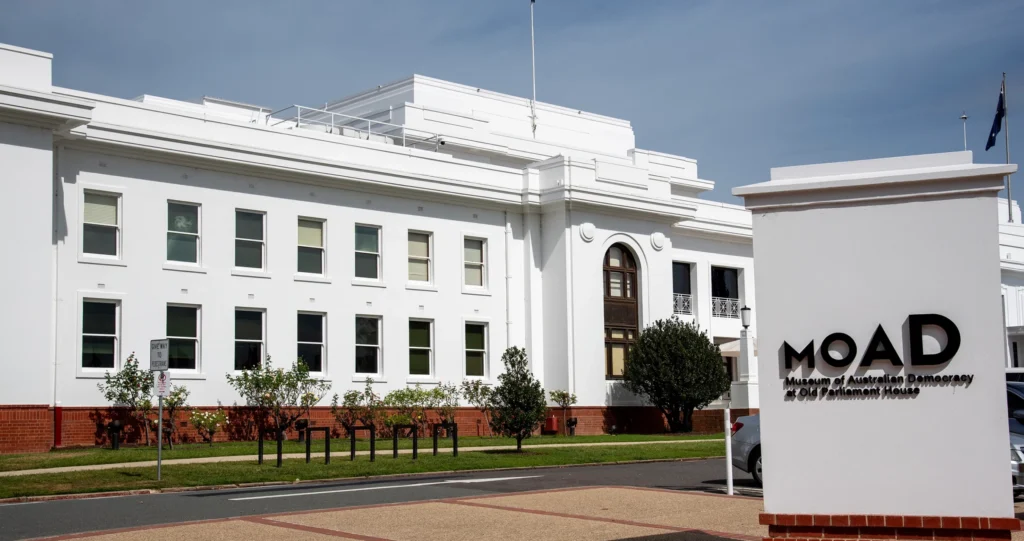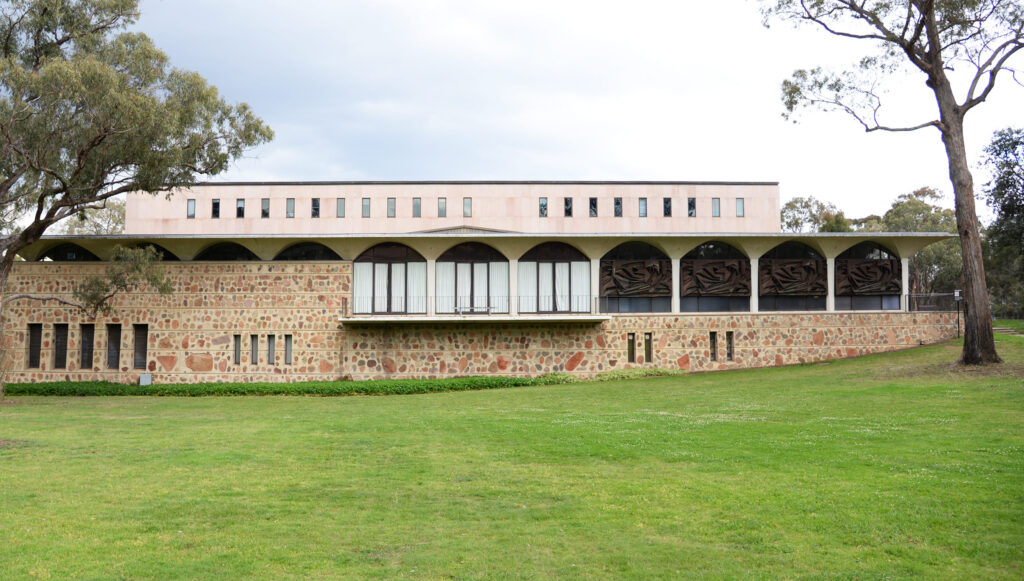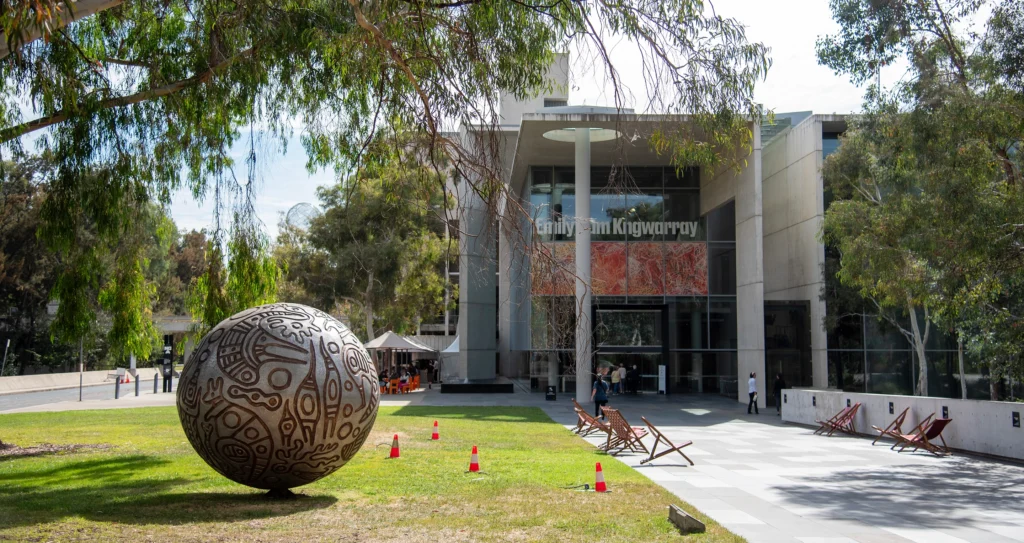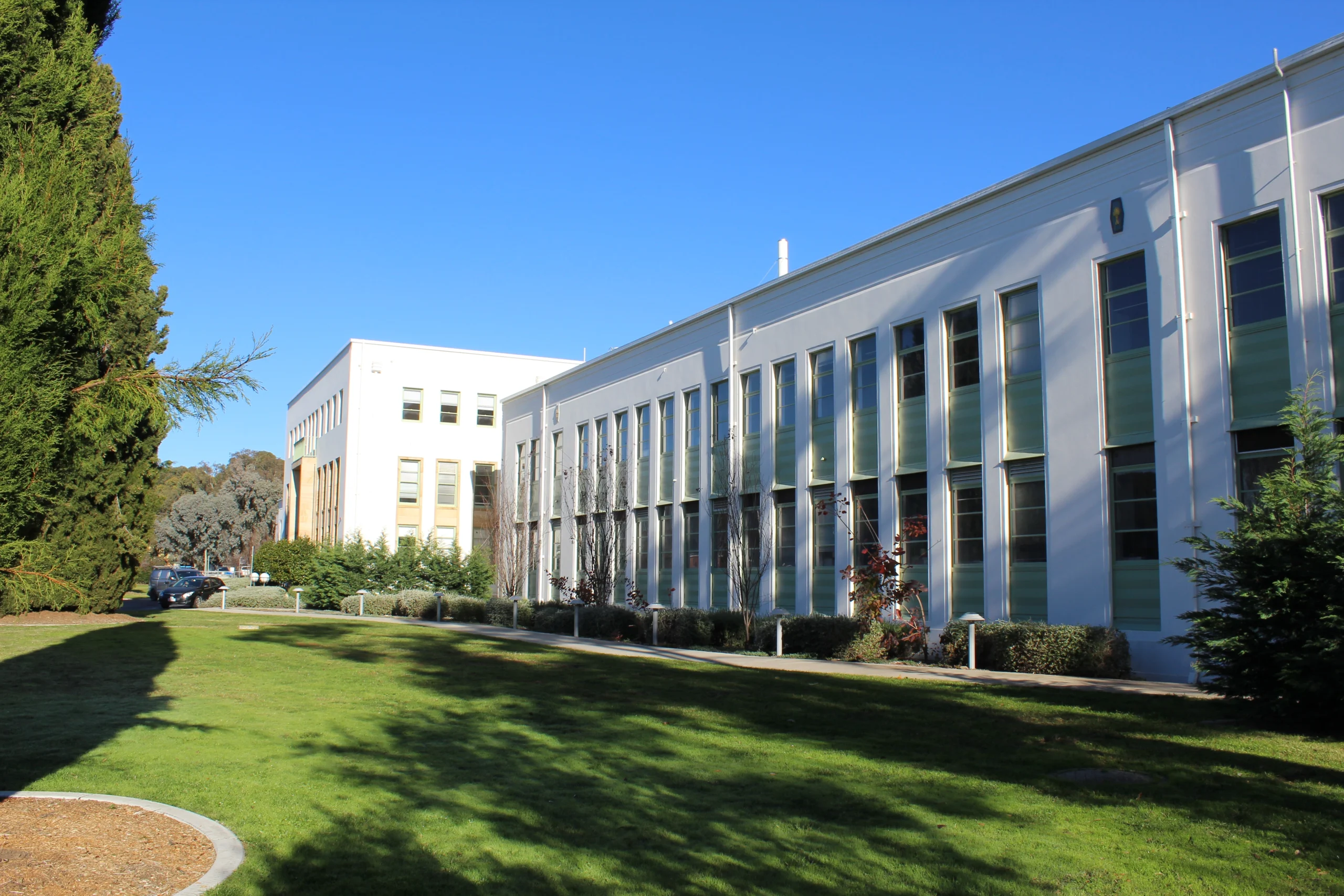
CSIRO Black Mountain
Heritage Management Plan
CSIRO
Canberra, ACT
For nearly 100 years, CSIRO’s Black Mountain facility has been a working research campus. It tells a unique part of Canberra’s story, speaking volumes about the ideals of a newly federated country, and the ambitions of early federal leaders to advance science for the benefit of all Australians.
CSIRO engaged GML to prepare a heritage management plan (HMP) for its Black Mountain facility, home to two Commonwealth Heritage-listed buildings: the 1920s Main Entomology Building and the 1960s Phytotron. Together with other scientific facilities on site, they reflect the historical development of both CSIRO and Canberra.
Yet the site’s significance lies not just in individual buildings, but in the sum of its parts—its landscape setting, layered history, and ongoing role as a place of scientific discovery. The HMP identifies and connects the site’s natural, historical, and Aboriginal cultural heritage values, recognising them as elements of a distinctive and unified cultural landscape.
Through stakeholder engagement, updated historical research, and descriptions of the physical evidence across the whole site, the HMP outlines practical measures and opportunities for adaptive re-use and for appropriate and sympathetic development—supporting contemporary scientific activity while respecting the site’s heritage values.
By following the Environment Protection and Biodiversity Conservation Act 1999 (Cth), its Regulations, and the Burra Charter, the HMP serves as a strategic framework for the active and practical conservation, management and interpretation of this nationally significant place.
CSIRO’s managers have embraced the HMP as a valuable tool for the considered stewardship of the site’s heritage values. The HMP can be found on the CSIRO website.
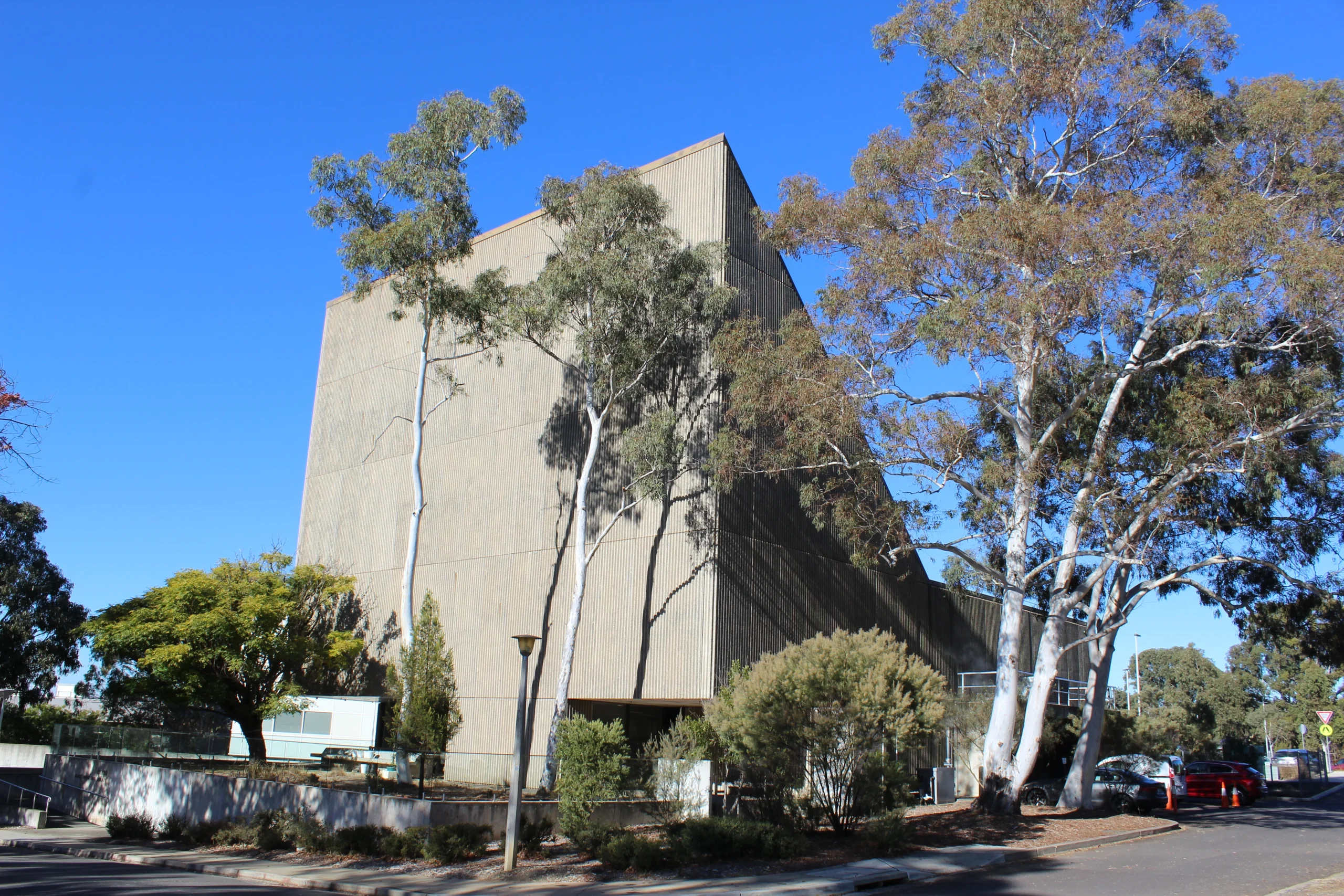
CSIRO Library. Photo: GML
